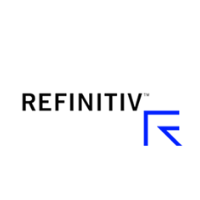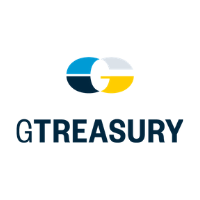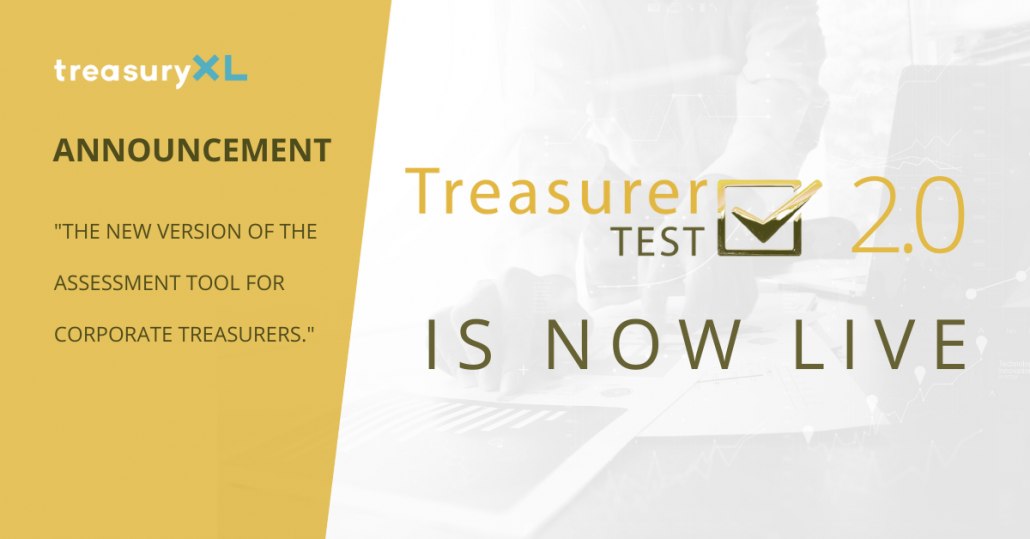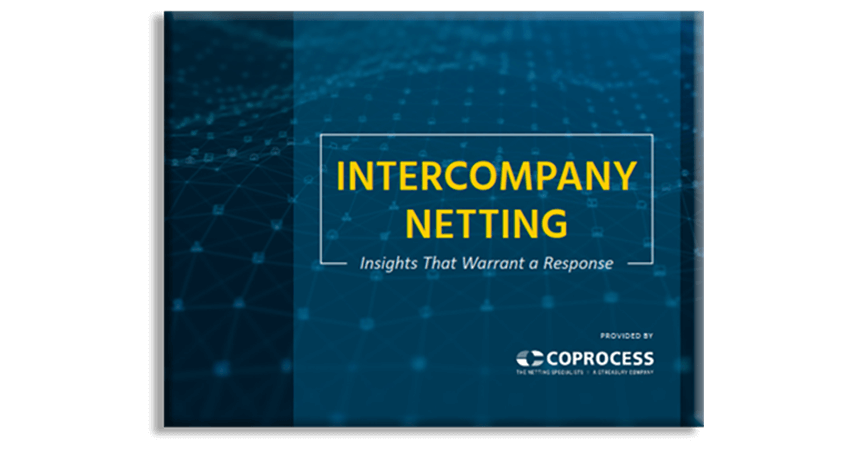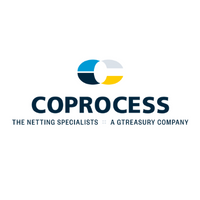01-02-2022 | treasuryXL | Refinitiv | LinkedIn |
Andrew Hollins, Director of Corporate Treasury Proposition at Refinitiv, brings you a round-up of the latest Corporate Treasury Data Insights, including corporate treasury activity during COVID-19 illustrated through Refinitiv’s usage data, a Refinitiv report on ESG risk and whether carbon markets matter to COP26.
- Corporate treasury activity illustrated through Refinitiv data usage saw the COVID-19 pandemic split into three distinct phases.
- The initial phase concentrated on credit risk data and analytics, as well as corporate financial data. Meanwhile, phase two focused on cash balances, and phase three honed in on ESG data and analytics as the world moved towards the ‘new normal’.
- Other areas of corporate treasury under the microscope included risk mitigation and ESG, carbon markets and COP26, and the state of the U.S. labour market.
For more data-driven insights in your Inbox, subscribe to the Refinitiv Perspectives weekly newsletter.
Chart of the Month
Refinitiv’s usage data paints a fascinating picture of corporate treasury activity throughout the pandemic. As events unfolded, we saw interesting and distinct dynamics play out.
We’ve discerned three phases of the pandemic.
Phase 1: the survival phase
The standout feature of this initial period was the focus on credit risk data and analytics, highlighted by an unprecedented increase in usage of the Credit Default Swaps app – 155 percent in EMEA, and 120 percent in Asia and the Americas.
Demand for corporate financial data also grew strongly – notably company fundamental data (usage up 81 percent), private company data (usage up 33 percent), sectoral data, and peer analysis (usage up 113 percent).
Conversely, during this initial phase, we saw a distinct fall in demand for ESG and LIBOR-related data and analytics.
Phase 2: the cash and corporate health phase
From June to September 2020, activities aimed at boosting cash balances were very much apparent. Our data showed a notable acceleration in corporate debt issuance.
In addition, there was also another, even bigger, jump in demand for company fundamental data with usage of key ratios and cashflow data growing by 160 percent and 175 percent respectively.
Phase 3: return to ‘new normal’
Emerging from the pandemic demand for ESG data and analytics is once again rising strongly. Between December 2020 and March 2021, it has grown by 93 percent to stand well above pre-COVID-19 levels.
This trend is likely to continue its upward trajectory given the rapidly evolving regulatory and demand-led factors that seem to be driving the focus on sustainability.
Refinitiv unpacks more of our usage data insights in a new masterclass series produced in collaboration with TreasuryToday.
Log-in or register at TreasuryToday to follow the series
Refinitiv report: Risk mitigation and the pivotal role of ESG
The far-reaching consequences of COVID-19 have forever changed the risk landscape, and rising levels of third-party risk now demand urgent attention.
Persistent gaps in formal due diligence must clearly be addressed, but a broader sea change is needed: both financial institutions and corporates need to adopt a more holistic approach to risk management – one that incorporates environmental, social and governance considerations as a fundamental tenet of the risk mitigation process, rather than as a separate silo.
Read the report: Risk mitigation and the pivotal role of ESG
Why do carbon markets matter to COP26?
Carbon markets are a key tool for countries to cut their greenhouse gases and meet their Paris Agreement commitments.
The cost of polluting is rising in Europe, parts of North America, South Korea and New Zealand. Most likely it will do so in China, the latest country to launch a national emissions trading system.
Read the blog: Why do carbon markets matter to COP26?
Are U.S. labour markets healing?
The COVID-induced rigidities in the U.S. labour market are easing, but the labour market remains extremely tight, implying potential upwards pressure on inflation from wages.
What can the Beveridge curve tell us?
Inflation gets complicated
There are textbook ways for investors to beat inflation. Unfortunately, we do not live in a textbook world.
Inflation chatter is always a thing, but the shocks are now coming thick and fast.
Decades of globalisation had muted inflation, and the last time the Consumer Price Index (CPI) topped 5 percent was just over a decade ago.
Refinitiv Lipper explores
Refinitiv Corporate Treasury Newsbeat
- Refinitiv launches USD IBOR Institutional Cash Fallbacks in production to facilitate industry transition from USD LIBOR | Refinitiv has announced that USD IBOR Institutional Cash Fallbacks are now production benchmarks, and it will launch USD IBOR Consumer Cash Fallbacks 1-week and 2-month settings pending Refinitiv Benchmark Services (UK) Limited (“RBSL”) board approval. Read more

